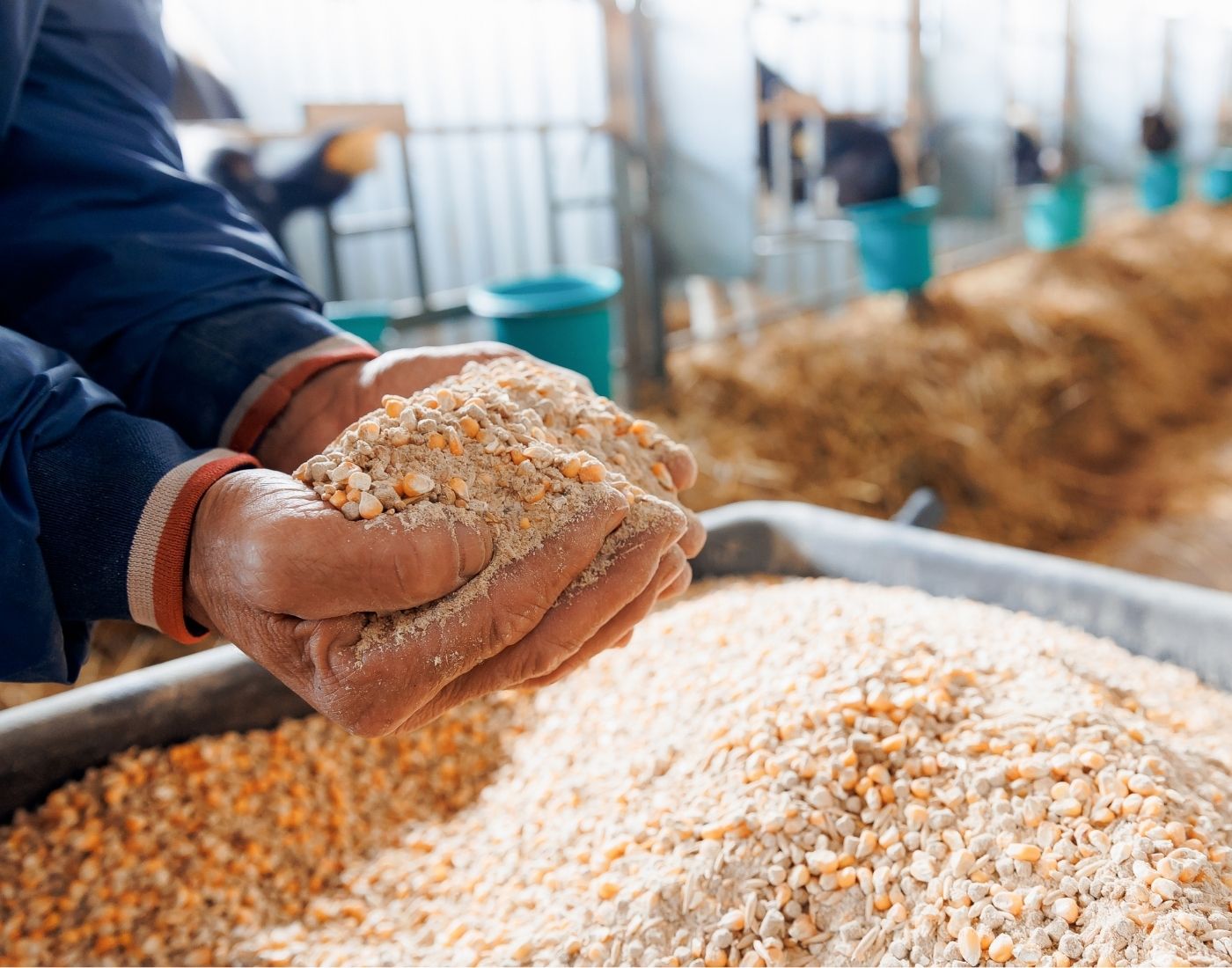A food or feed incident occurs when there are concerns about the safety or quality of food and or feed that could require intervention to protect consumers’ interests.
During an incident, our Scottish Food Crime and Incidents unit (SFCIU) will support public bodies, such as the local authorities in relation to matters concerning food and feed, with the goal of protecting the public from risks to health which may arise in connection with the consumption of food.
Incidents fall broadly into two categories:
- hazardous - a food or feed incident with the potential to cause an adverse effect to the health or safety of consumers, involving (or suspected to involve) a biological, chemical and or physical agent in, or condition of food
- non-hazardous - a food or feed incident which does not have the potential to cause an adverse effect to the health or safety of consumers, but which may involve issues detrimental to consumers’ interests such as food standards, integrity, provenance, authenticity, composition and labelling

